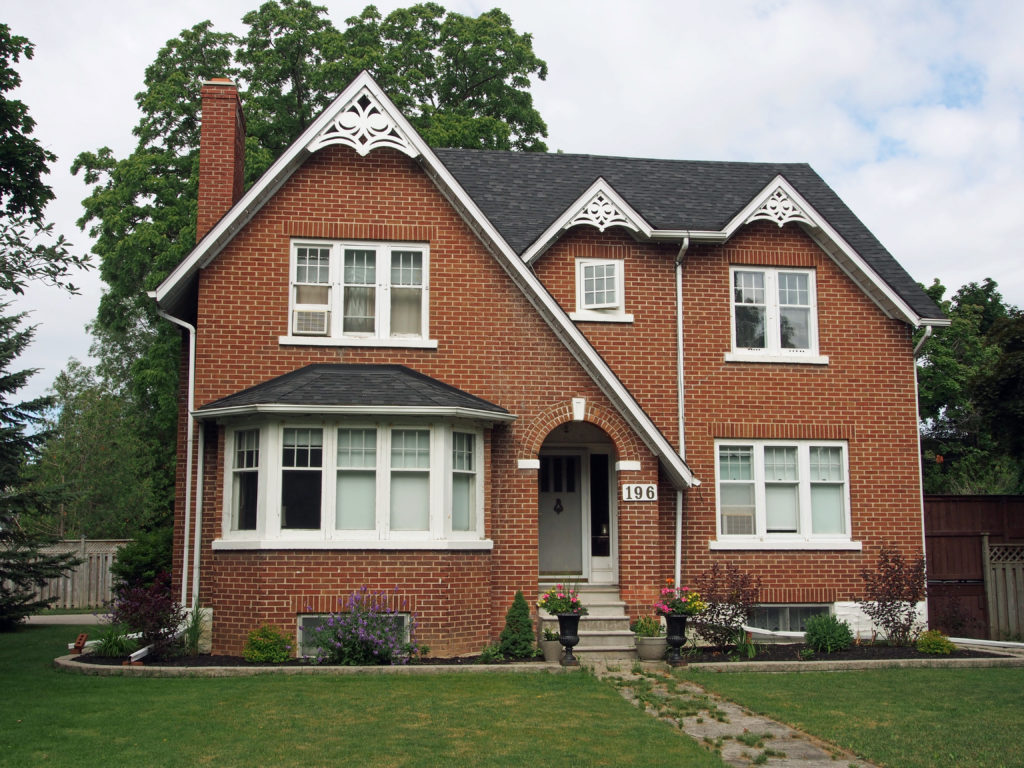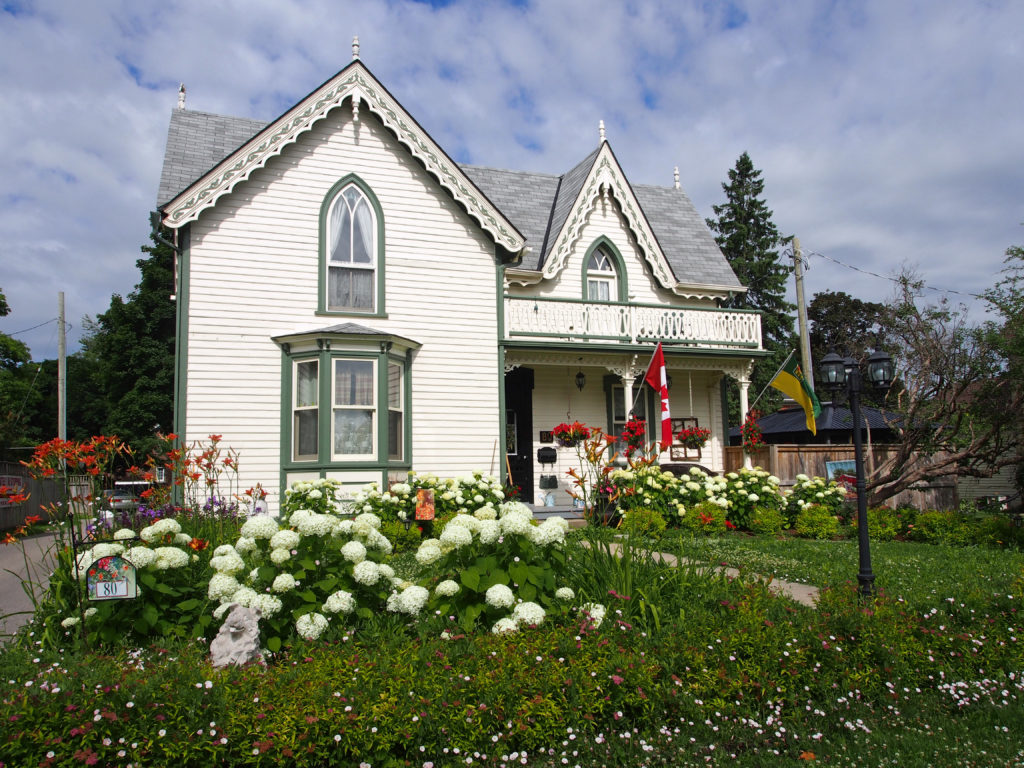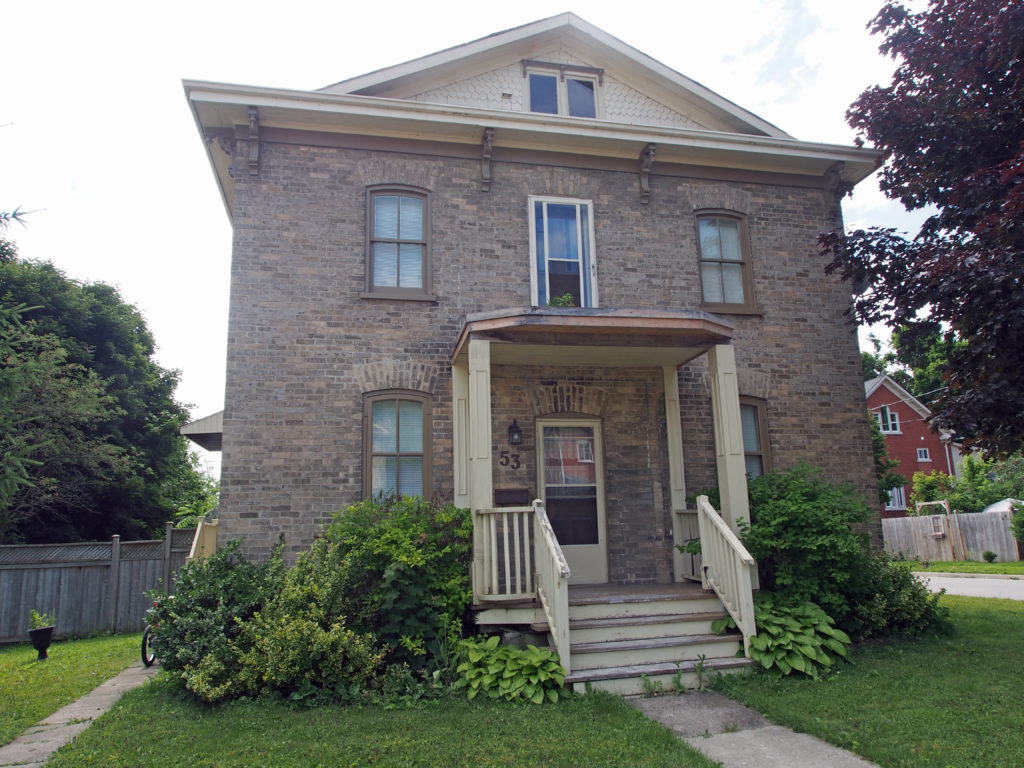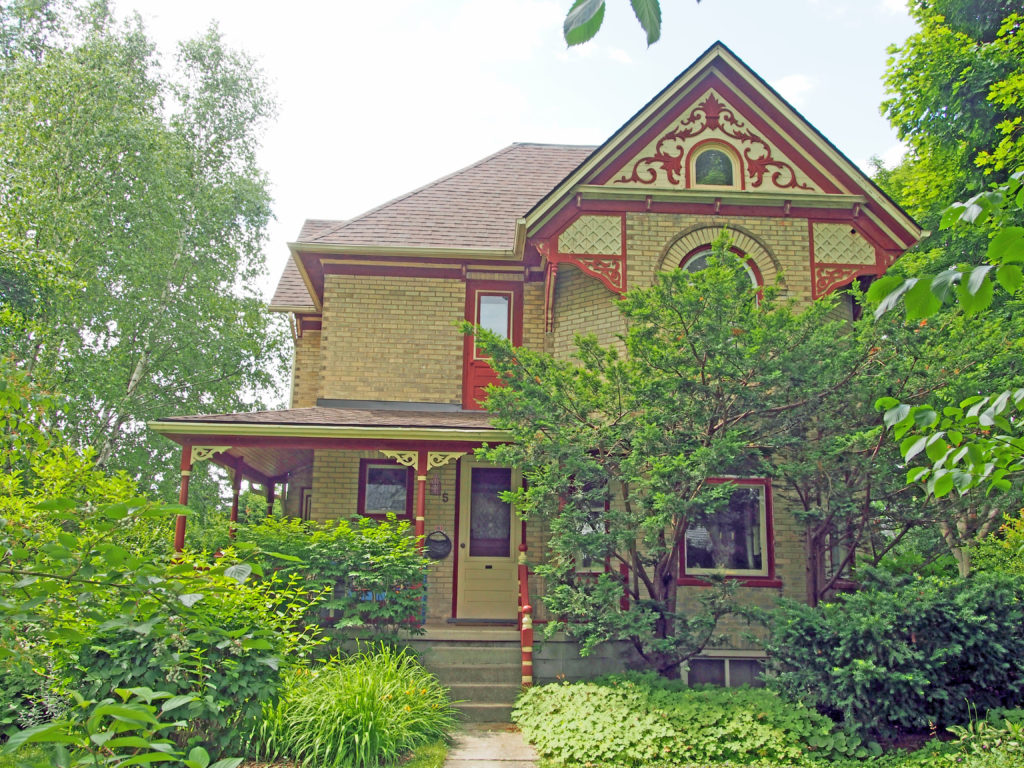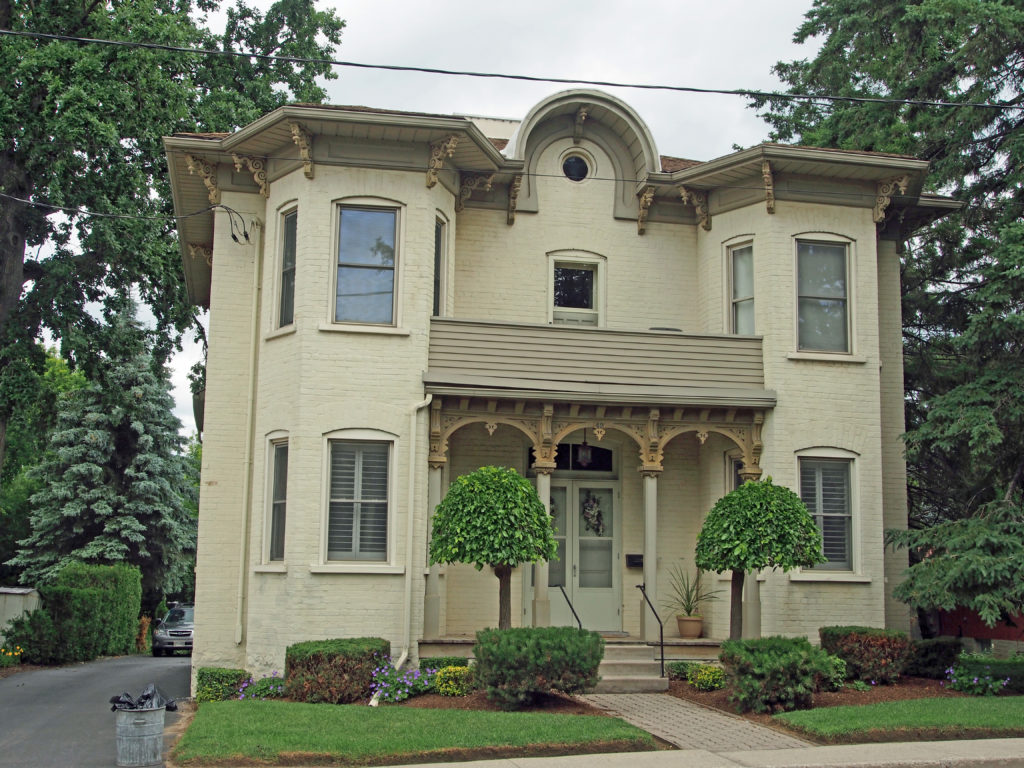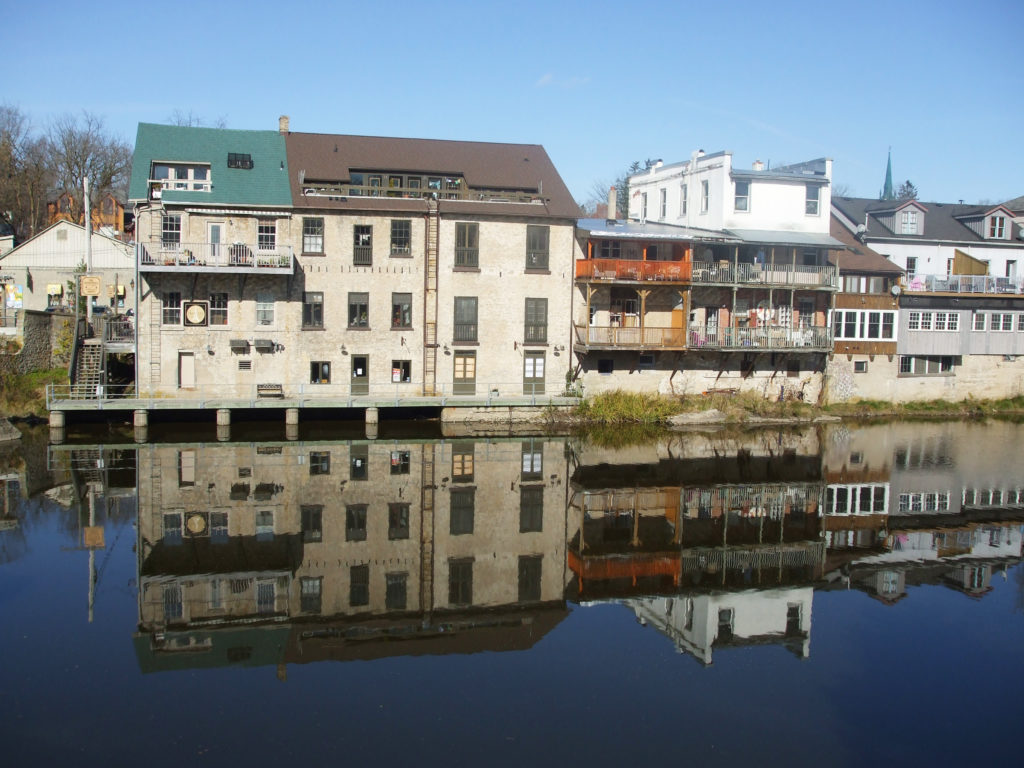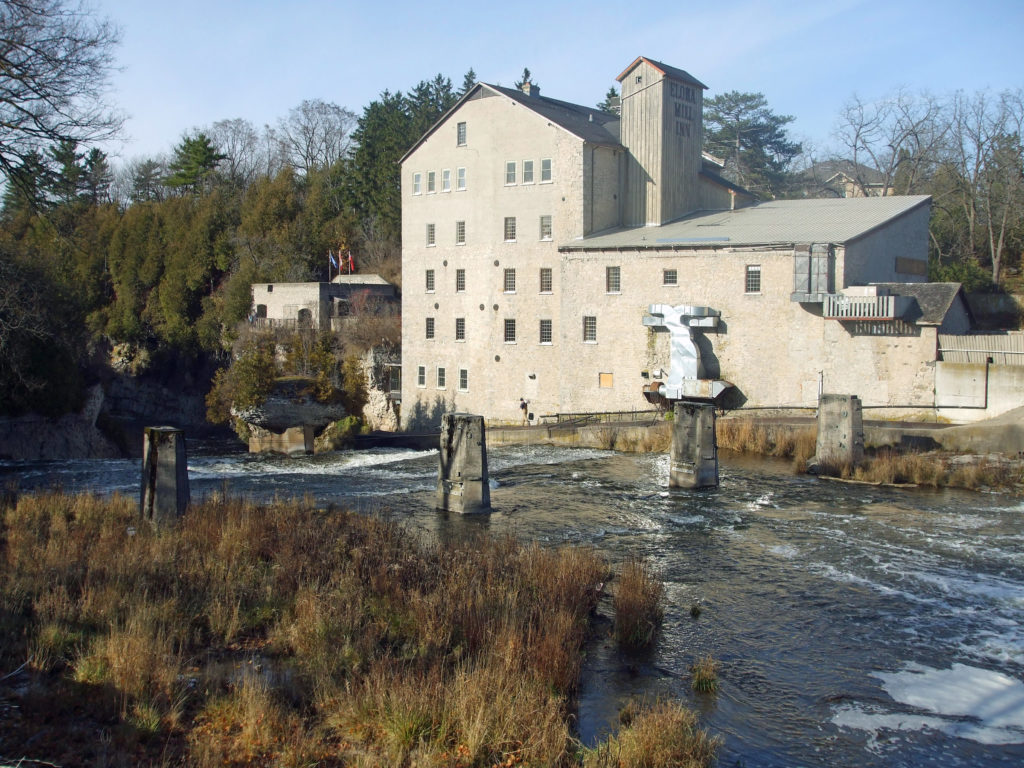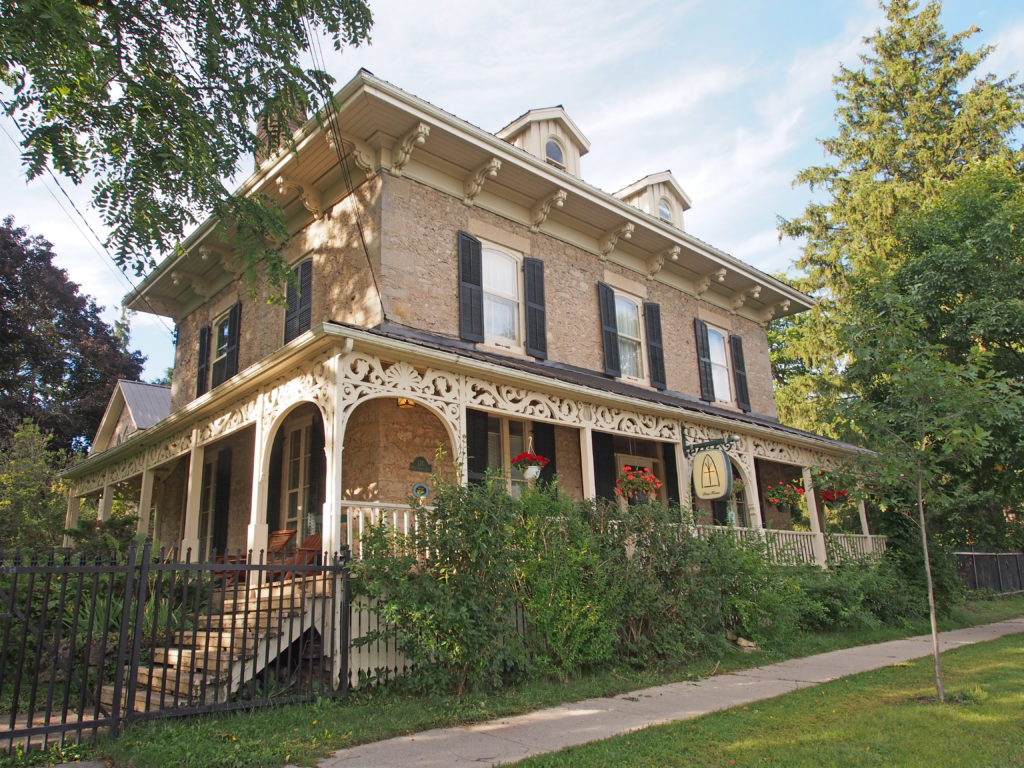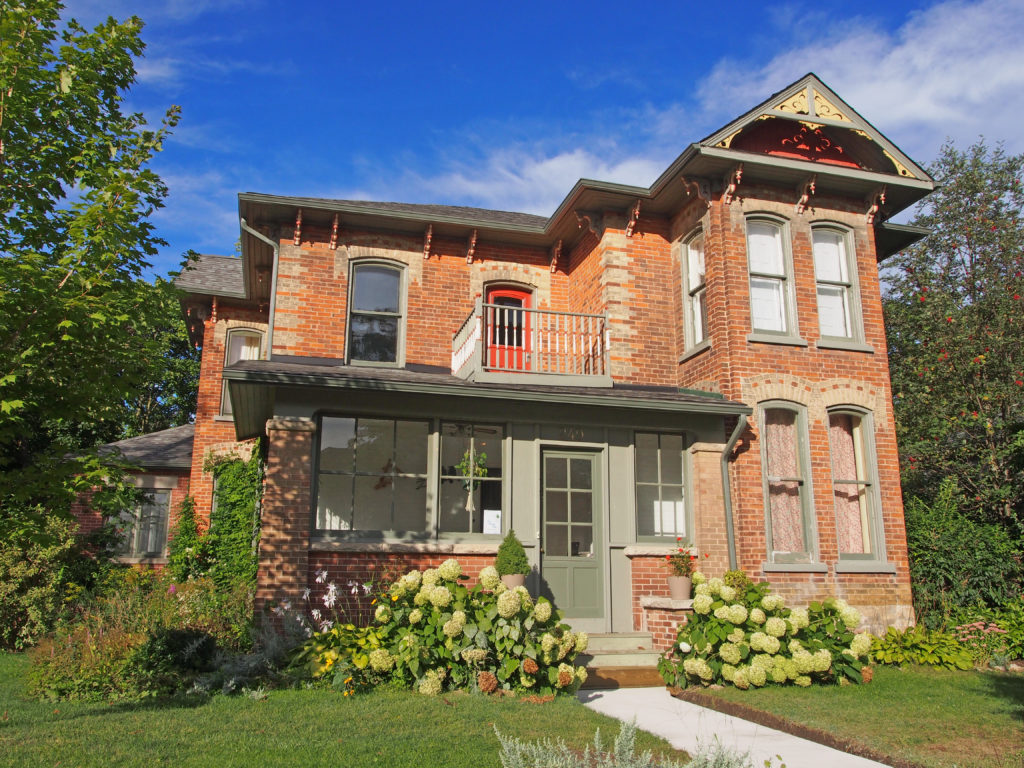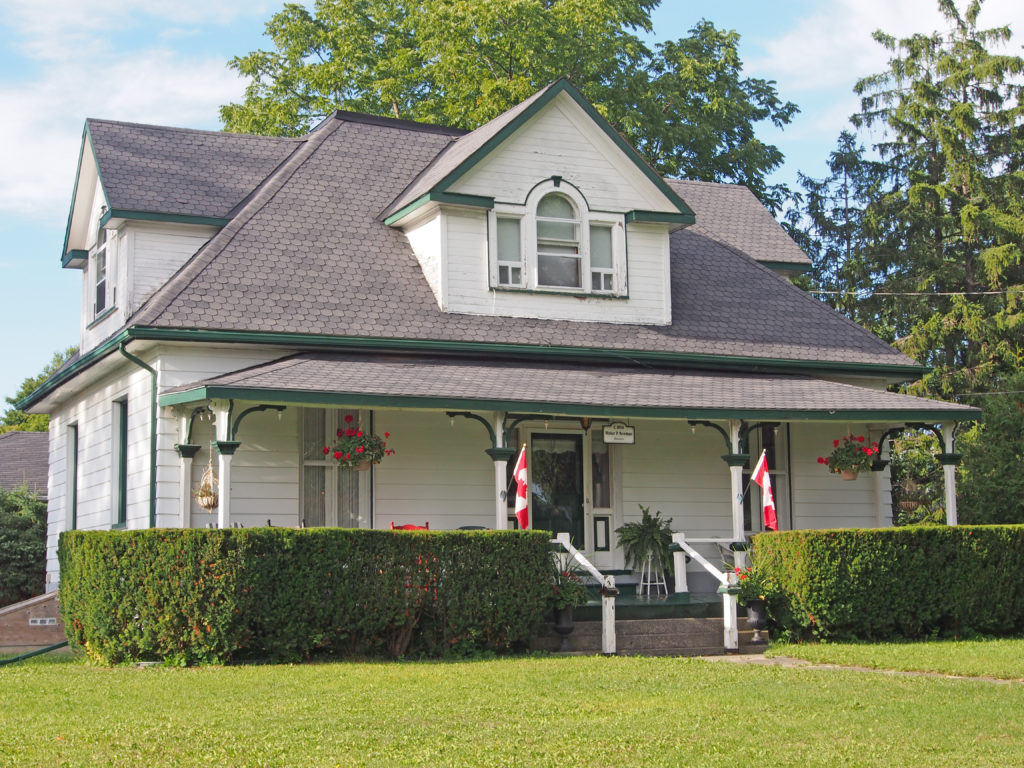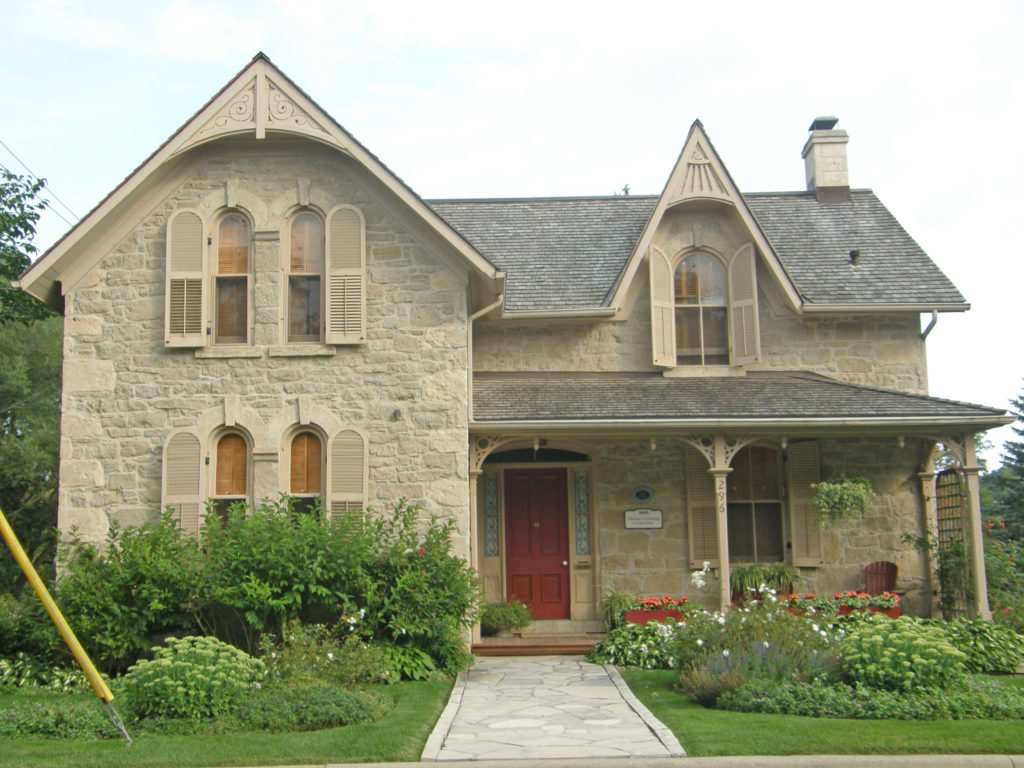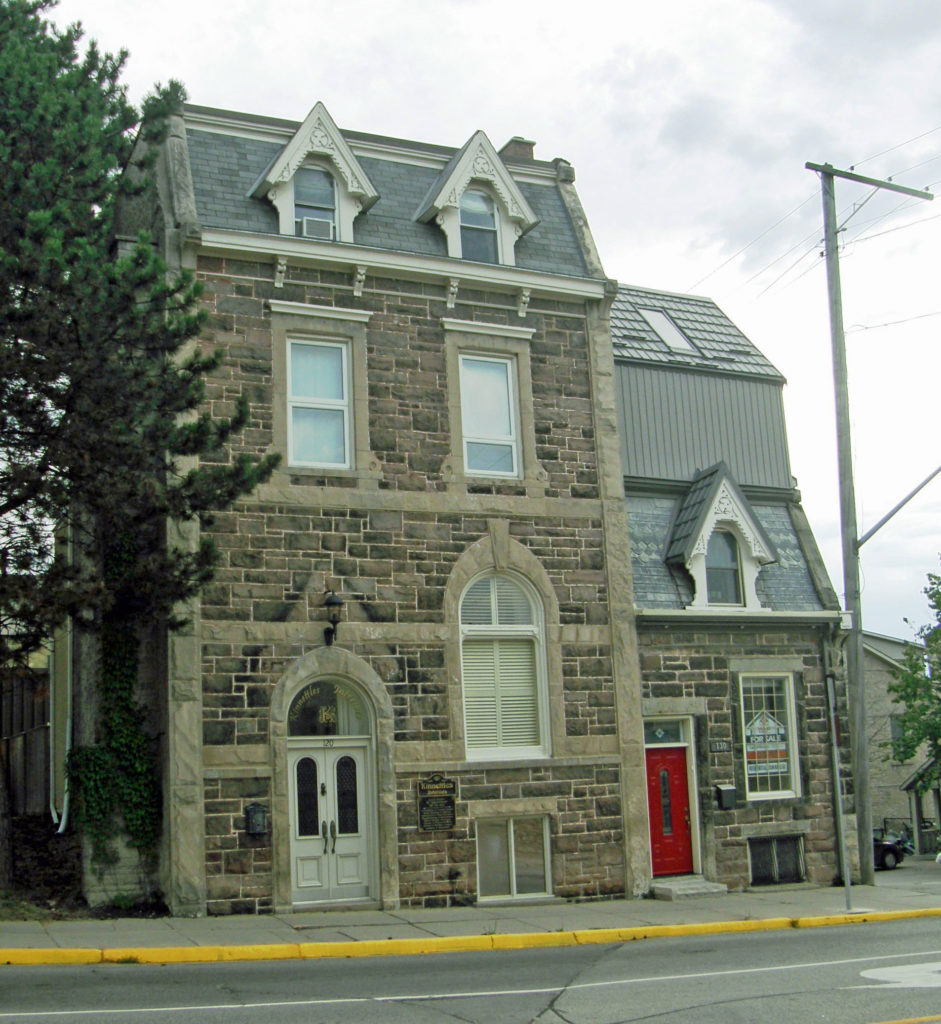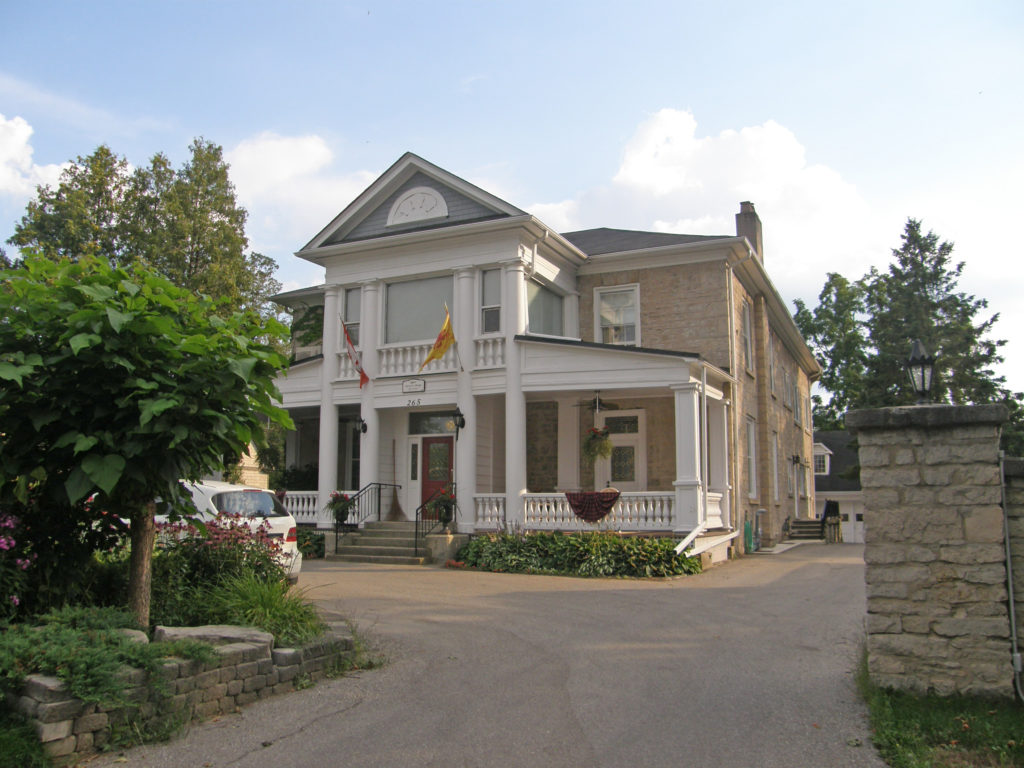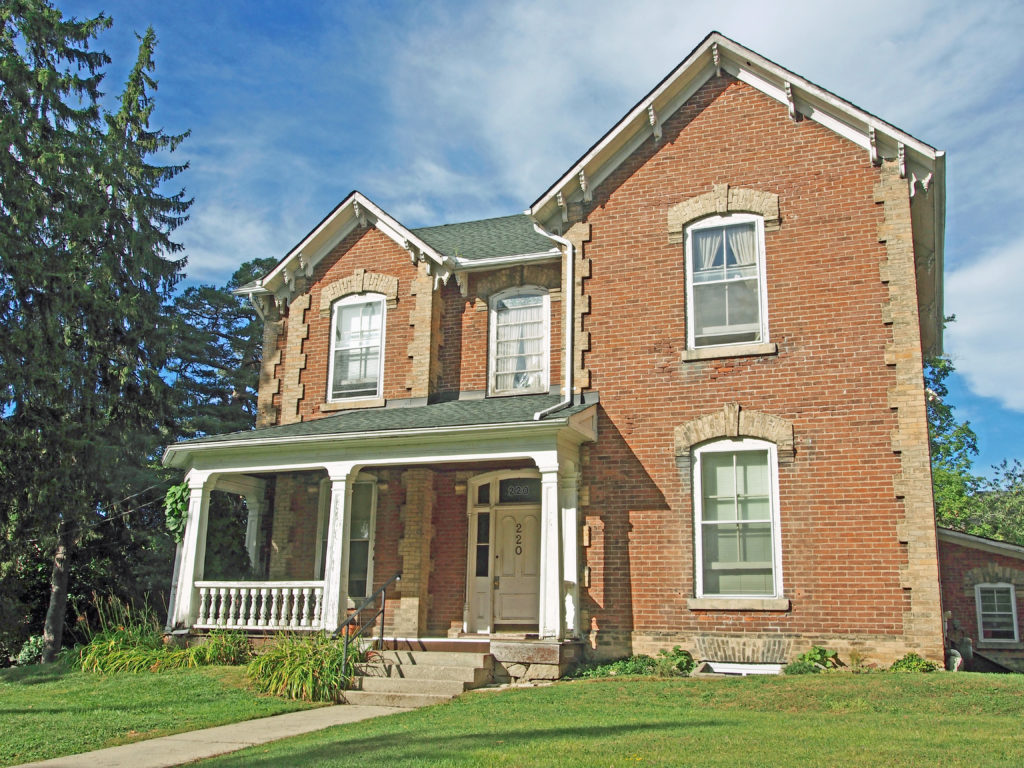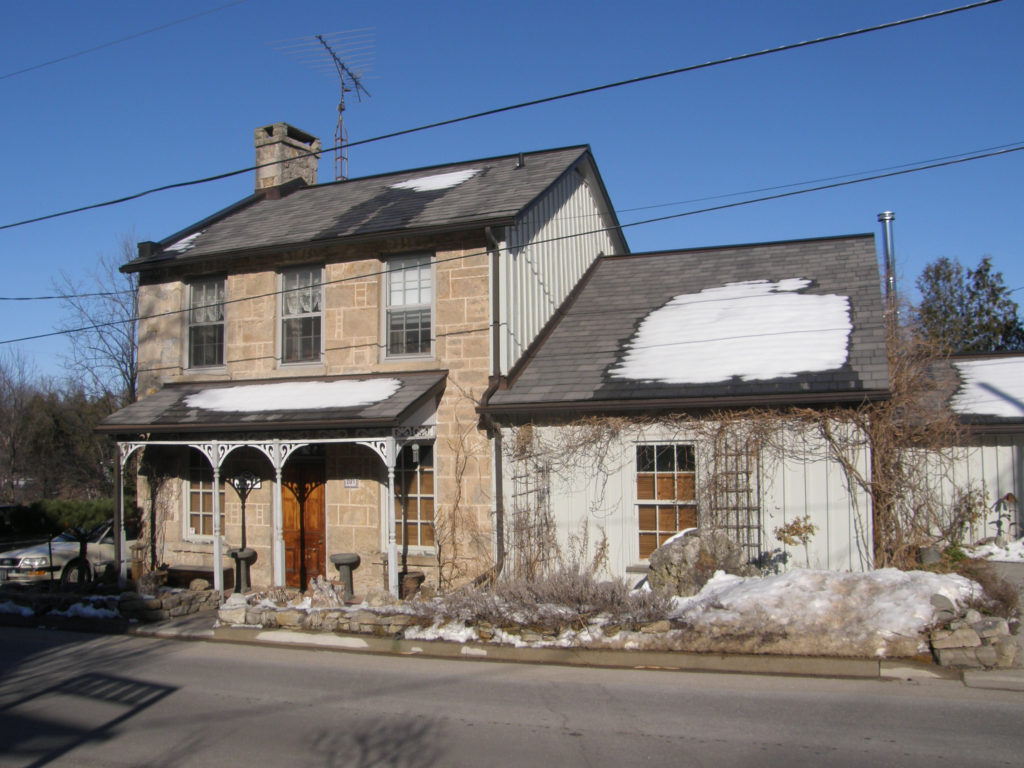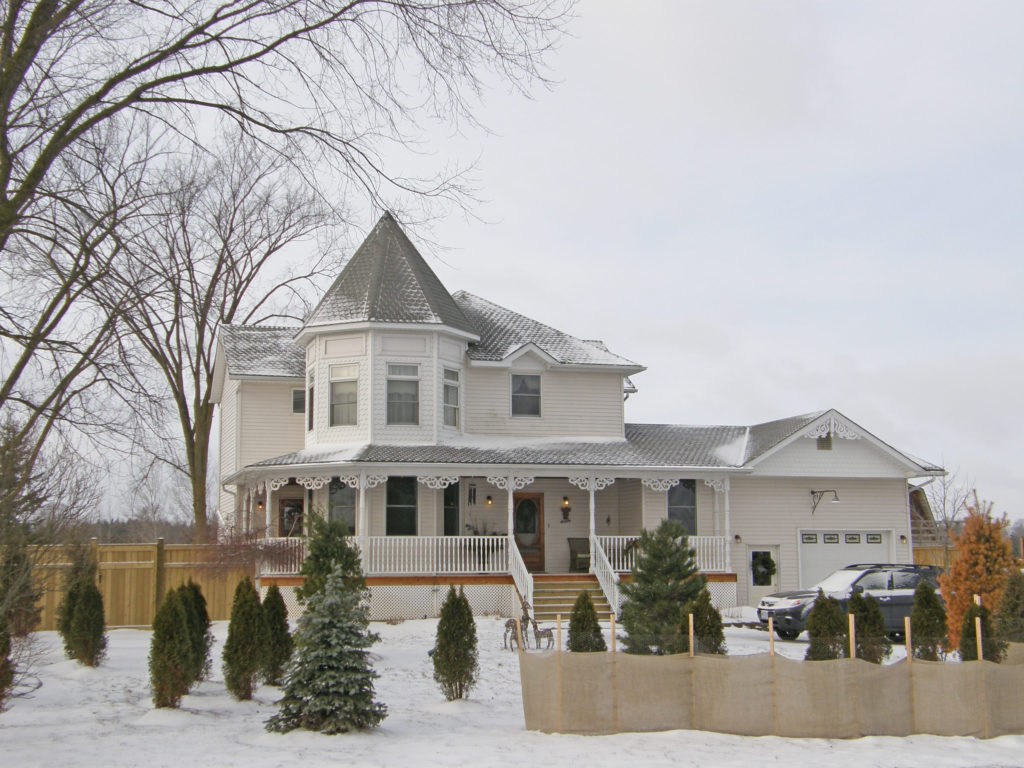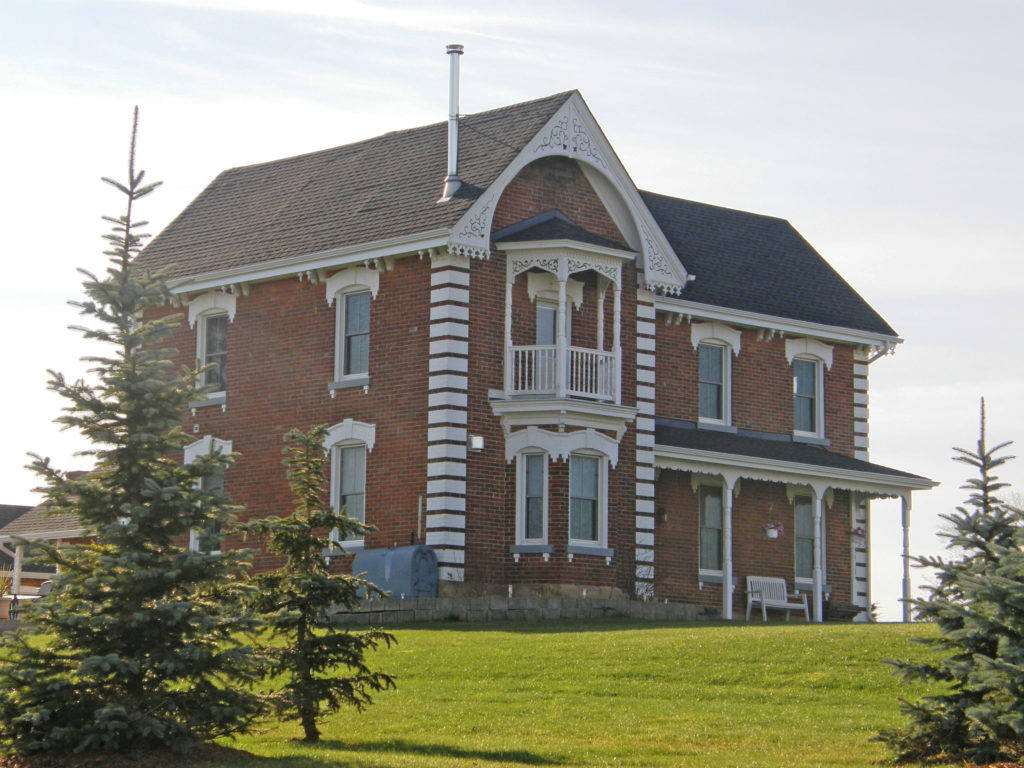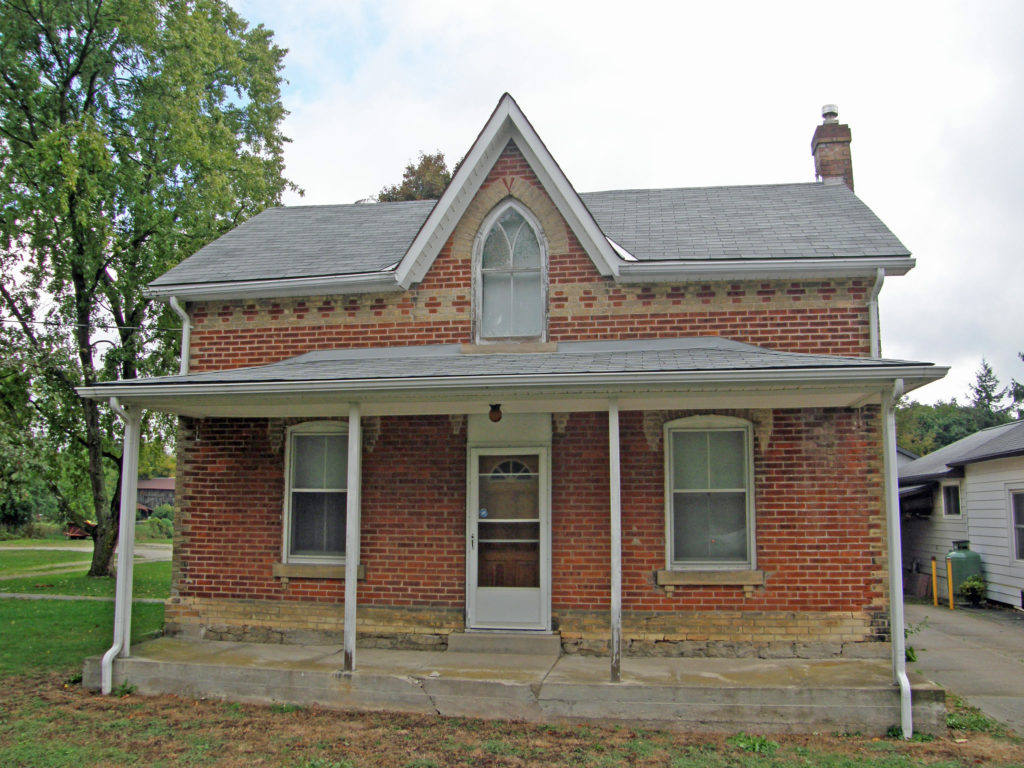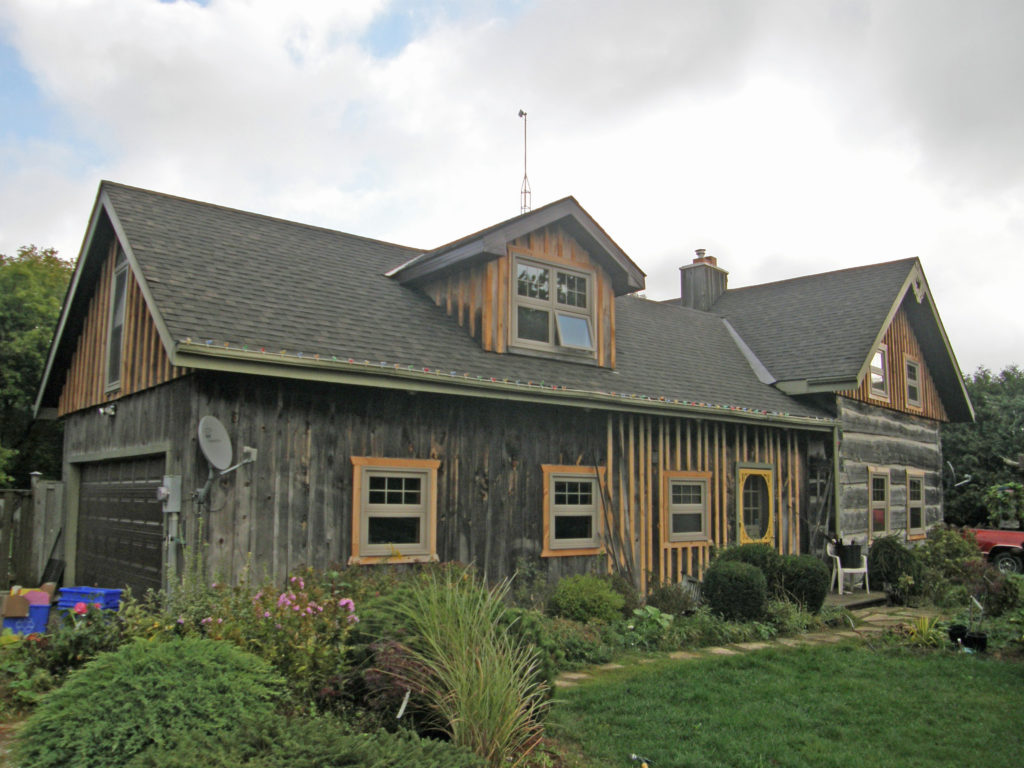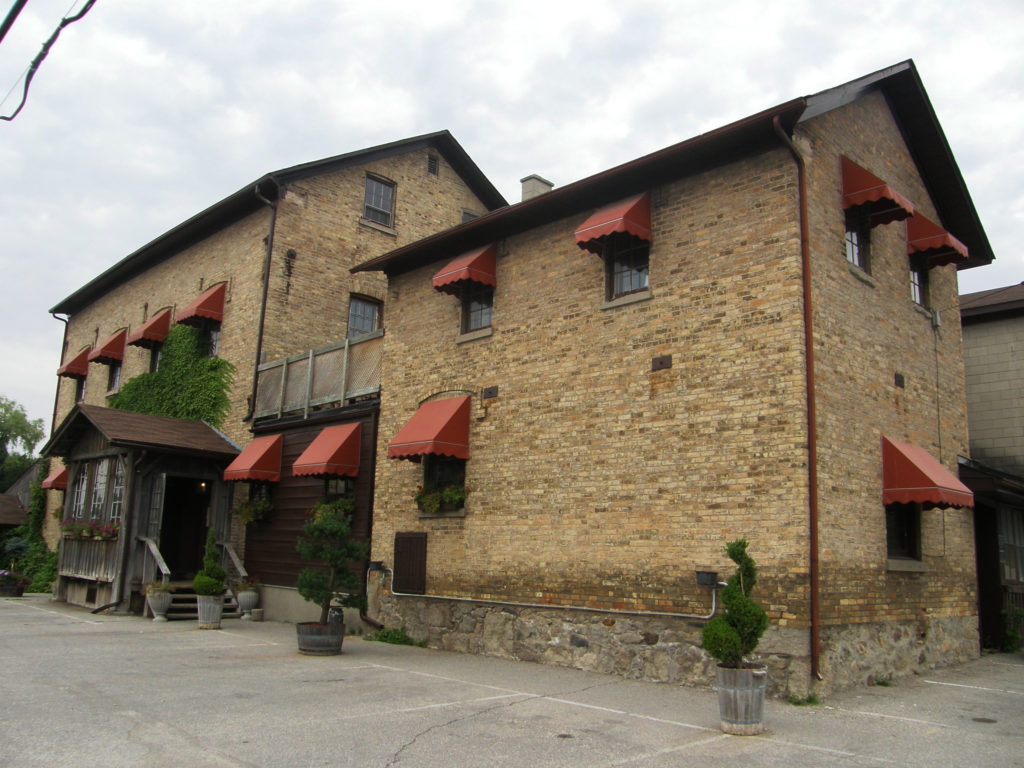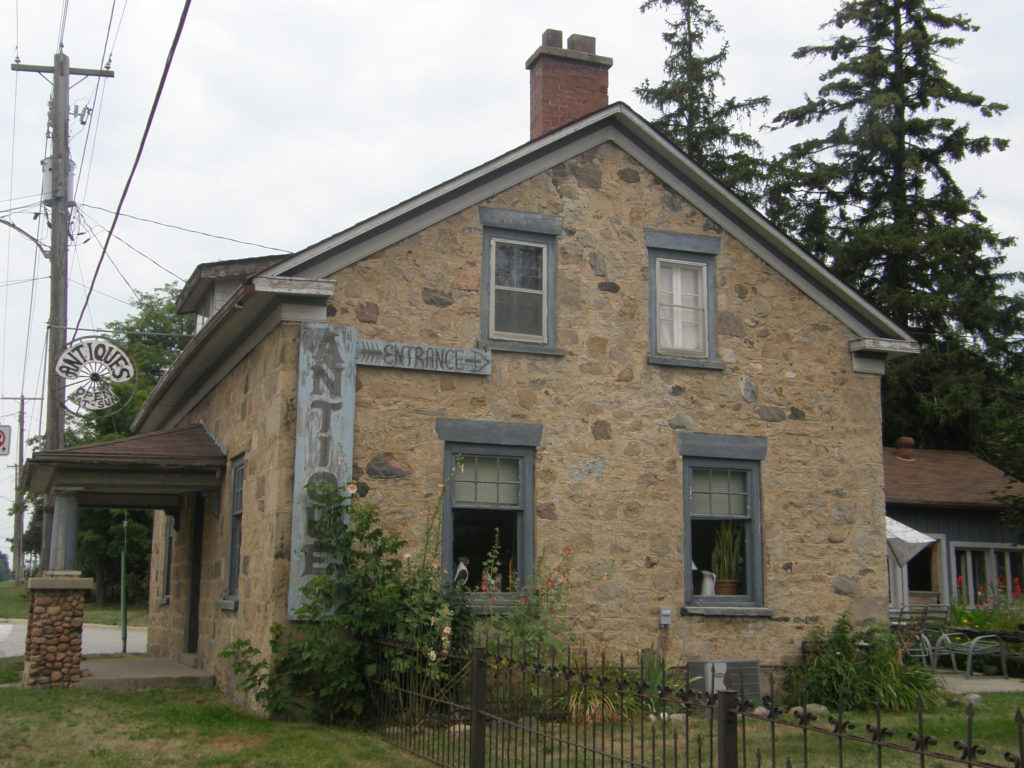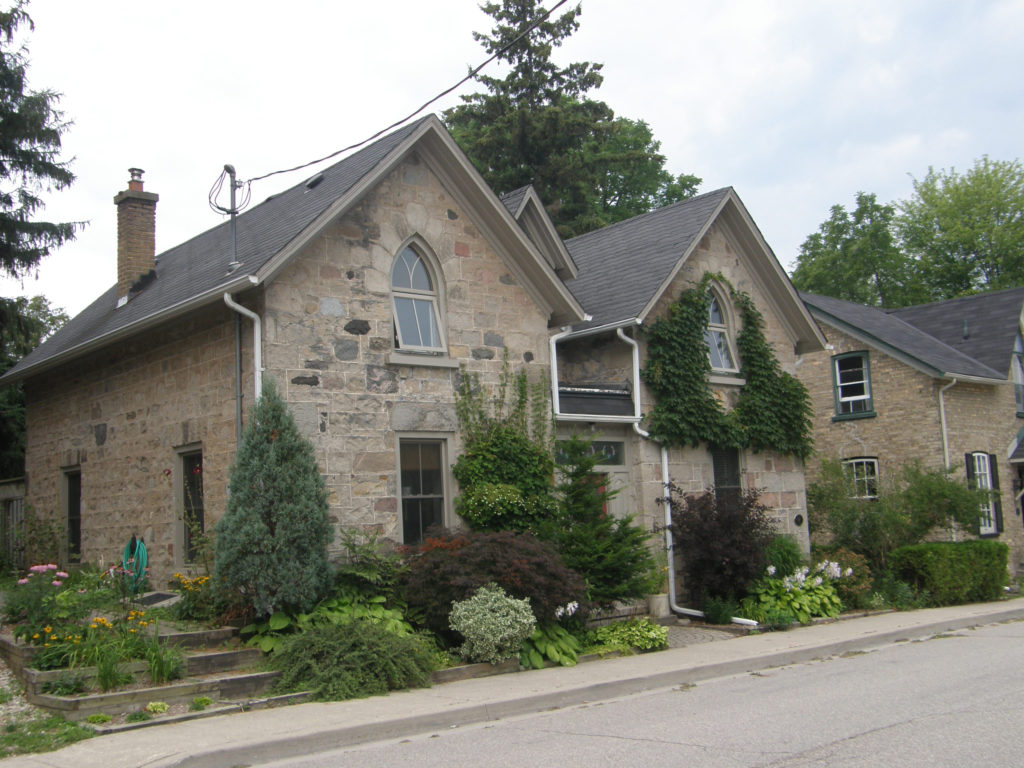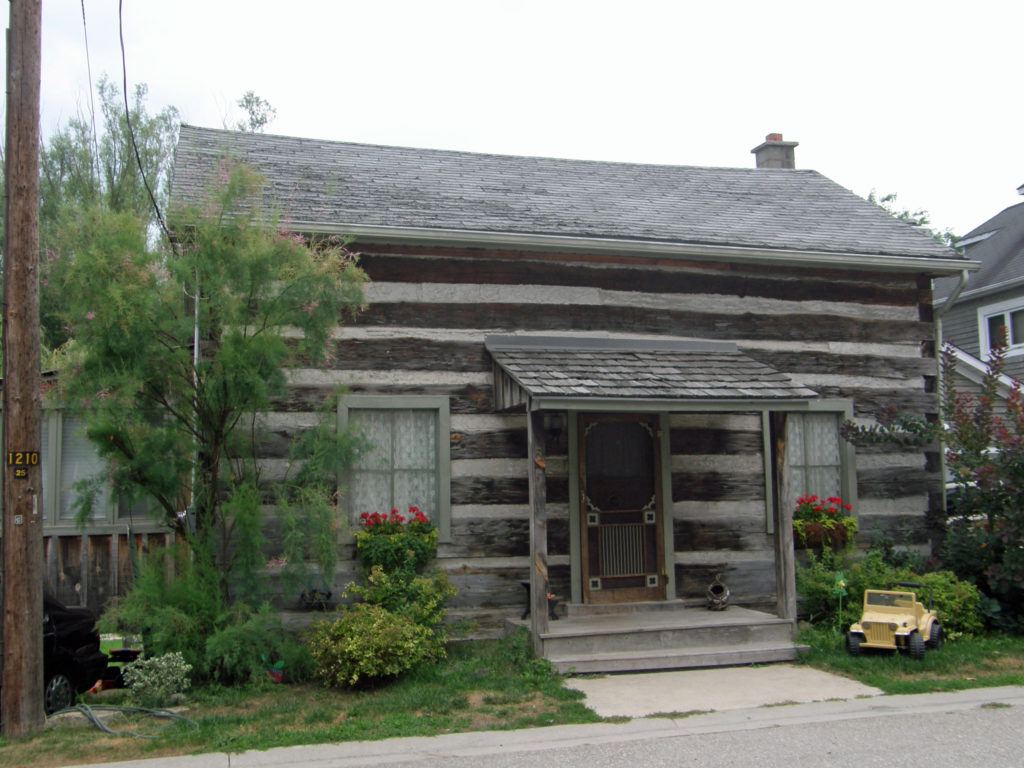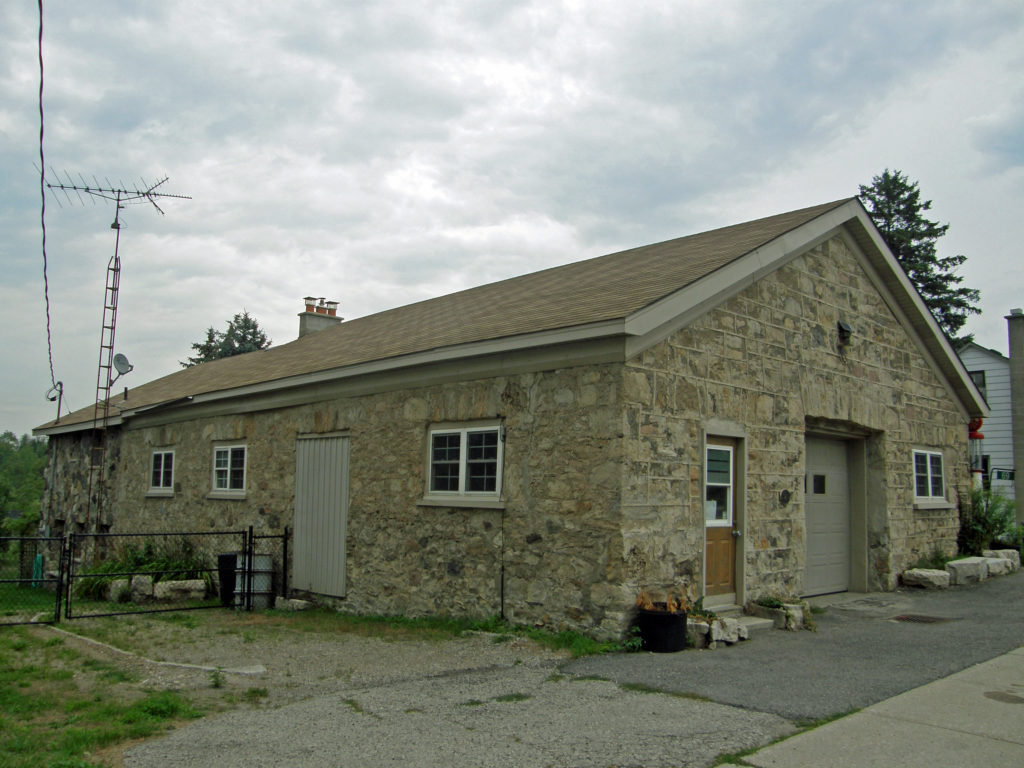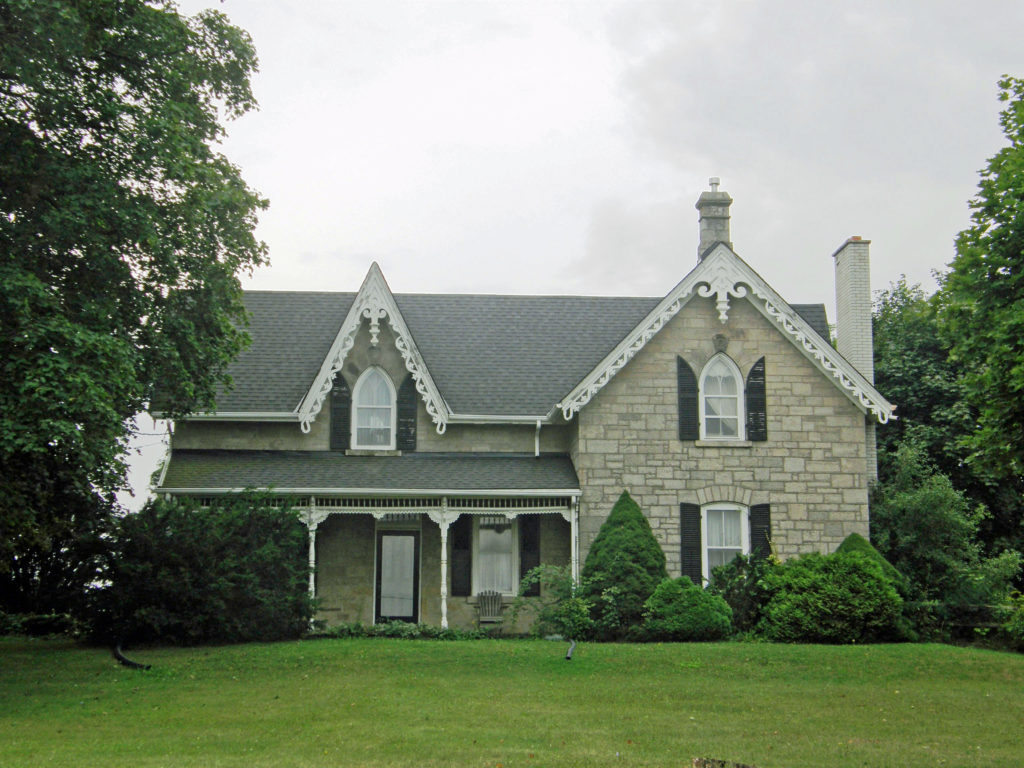Elmira, Ontario – My Top 7 Picks
Elmira is the largest community within the Township of Woolwich in the Regional Municipality of Waterloo and is located 15 kilometers (9 miles) to the north of the city of Waterloo.
The land comprising Woolwich Township originally belonged to the Huron and then the Mohawk Indians. The first settlers arrived in Woolwich Township in the late eighteenth century. In 1798, William Wallace, one of the first settlers in the area, was deeded 86,078 acres of land on the Grand River for a cost of $16,364.
In 1806, Wallace sold the major portion of his tract to Mennonites. Benjamin Eby, the secretary of the Germany Company came to the area with his friend Henry Brubacher. The young men liked Wallace’s Woolwich. Eby returned to Pennsylvania where he formed a land company. The following year, he returned with a barrel of silver dollars, and the Musselmans, Martins, Hoffmans, and Gingerichs to settle in the area. Wallace sold the Germany Company 45,185 acres of land at $1.00 an acre.
In 1834, Edward Bristow became one of Elmira’s first settlers when he purchased 53 acres of land here for 50 cents per acre. A community by the name of Bristow’s Corners was in existence in 1839 when a post office was assigned there. In 1853 the community was renamed Elmira. In the 1850s, German settlers moved into the community, including Oswald, Esche, Steffen and Tresinger. Like most of the township, the primary settlers in the Elmira area were Mennonites who still form a significant proportion of the population today. The town still retains much of its traditional Pennsylvania Dutch character.
